Results
-
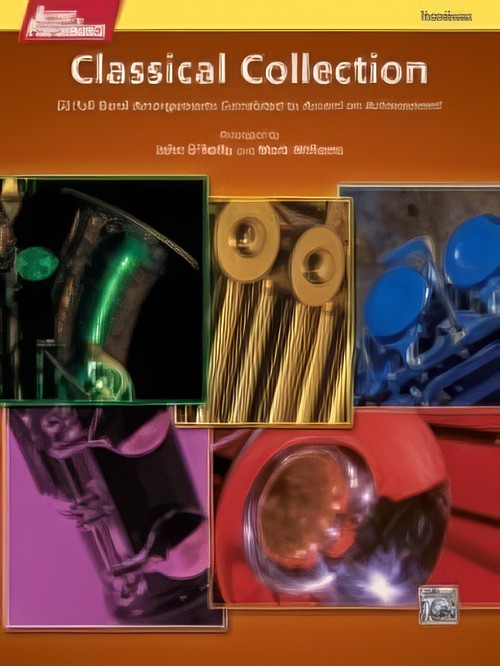 £6.50
£6.50ACCENT ON PERFORMANCE: Classical Collection (Trombone) - O'Reilly & Williams
Trombone book only. Over the course of ten years, legendary young-band composers John O'Reilly and Mark Williams composed and arranged over 100 creative works that correlate with specific pages in their highly successful band method, Accent on Achievement. These arrangements are now available in a book format that includes 22 full arrangements in each collection. The Classical Collection includes authentic, carefully arranged music of the master composers from the Renaissance through the Romantic Period. Titles: Allegro from Water Music; Elizabethan Dances; Mozart Minuet and Rondo; Night at the Pops; Ave Verum Corpus; Joyful, Joyful; A Night at the Opera; Finale from Brahms #1; Best of Beethoven; Surprise Symphony Variations; Renaissance Dances; An Evening with the Masters; Classic March Duo; A Mozart Mix; St. Anthony Chorale; Can Can; Bach March and Musette; Saturday at the Symphony; An Afternoon at the Ballet; The Big Three; Mozart Serenade and Dance; Two Grieg Sketches.
Estimated dispatch 7-14 working days
-
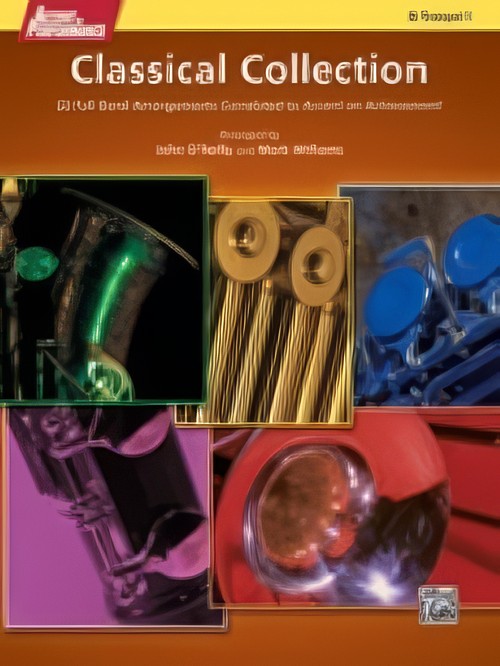 £6.50
£6.50ACCENT ON PERFORMANCE: Classical Collection (Trumpet 1) - O'Reilly & Williams
Trumpet 1 book only. Over the course of ten years, legendary young-band composers John O'Reilly and Mark Williams composed and arranged over 100 creative works that correlate with specific pages in their highly successful band method, Accent on Achievement. These arrangements are now available in a book format that includes 22 full arrangements in each collection. The Classical Collection includes authentic, carefully arranged music of the master composers from the Renaissance through the Romantic Period. Titles: Allegro from Water Music; Elizabethan Dances; Mozart Minuet and Rondo; Night at the Pops; Ave Verum Corpus; Joyful, Joyful; A Night at the Opera; Finale from Brahms #1; Best of Beethoven; Surprise Symphony Variations; Renaissance Dances; An Evening with the Masters; Classic March Duo; A Mozart Mix; St. Anthony Chorale; Can Can; Bach March and Musette; Saturday at the Symphony; An Afternoon at the Ballet; The Big Three; Mozart Serenade and Dance; Two Grieg Sketches.
Estimated dispatch 7-14 working days
-
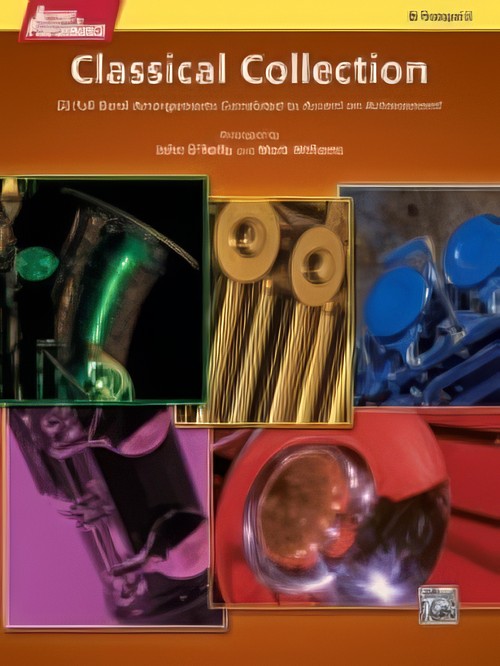 £6.50
£6.50ACCENT ON PERFORMANCE: Classical Collection (Trumpet 2) - O'Reilly & Williams
Trumpet 2 book only. Over the course of ten years, legendary young-band composers John O'Reilly and Mark Williams composed and arranged over 100 creative works that correlate with specific pages in their highly successful band method, Accent on Achievement. These arrangements are now available in a book format that includes 22 full arrangements in each collection. The Classical Collection includes authentic, carefully arranged music of the master composers from the Renaissance through the Romantic Period. Titles: Allegro from Water Music; Elizabethan Dances; Mozart Minuet and Rondo; Night at the Pops; Ave Verum Corpus; Joyful, Joyful; A Night at the Opera; Finale from Brahms #1; Best of Beethoven; Surprise Symphony Variations; Renaissance Dances; An Evening with the Masters; Classic March Duo; A Mozart Mix; St. Anthony Chorale; Can Can; Bach March and Musette; Saturday at the Symphony; An Afternoon at the Ballet; The Big Three; Mozart Serenade and Dance; Two Grieg Sketches.
Estimated dispatch 7-14 working days
-
 £6.50
£6.50ACCENT ON PERFORMANCE: Classical Collection (Tuba) - O'Reilly & Williams
Tuba book only. Over the course of ten years, legendary young-band composers John O'Reilly and Mark Williams composed and arranged over 100 creative works that correlate with specific pages in their highly successful band method, Accent on Achievement. These arrangements are now available in a book format that includes 22 full arrangements in each collection. The Classical Collection includes authentic, carefully arranged music of the master composers from the Renaissance through the Romantic Period. Titles: Allegro from Water Music; Elizabethan Dances; Mozart Minuet and Rondo; Night at the Pops; Ave Verum Corpus; Joyful, Joyful; A Night at the Opera; Finale from Brahms #1; Best of Beethoven; Surprise Symphony Variations; Renaissance Dances; An Evening with the Masters; Classic March Duo; A Mozart Mix; St. Anthony Chorale; Can Can; Bach March and Musette; Saturday at the Symphony; An Afternoon at the Ballet; The Big Three; Mozart Serenade and Dance; Two Grieg Sketches.
Estimated dispatch 7-14 working days
-
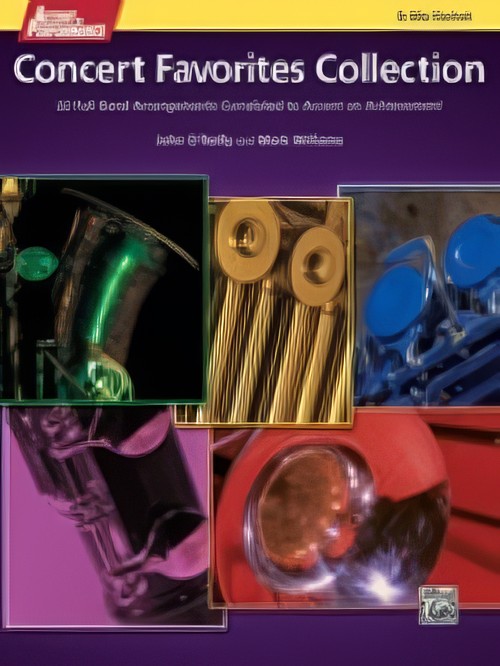 £6.50
£6.50ACCENT ON PERFORMANCE: Concert Favorites Collection (Alto Clarinet) - O'Reilly & Williams
Alto Clarinet book only. Over the course of ten years, legendary young-band composers John O'Reilly and Mark Williams composed and arranged over 100 creative works that correlate with specific pages in their highly successful band method, Accent on Achievement. These arrangements are now available in a book format that includes 22 full arrangements in each collection. The Concert Favorites Collection features all original compositions composed in a variety of contemporary styles. Titles: Centurian * The Lost Kingdom * Cardiff Castle * Windstar Overture * Attack of the Cyclops * Knights Kingdom * and 16 others.
Estimated dispatch 7-14 working days
-
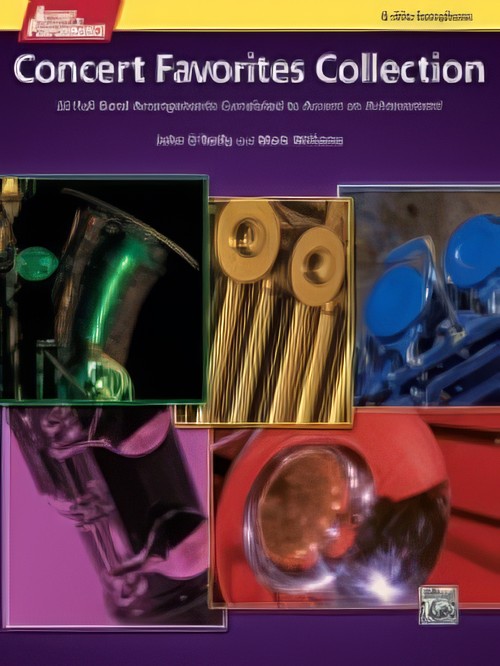 £6.50
£6.50ACCENT ON PERFORMANCE: Concert Favorites Collection (Alto Saxophone) - O'Reilly & Williams
Alto Saxophone book only. Over the course of ten years, legendary young-band composers John O'Reilly and Mark Williams composed and arranged over 100 creative works that correlate with specific pages in their highly successful band method, Accent on Achievement. These arrangements are now available in a book format that includes 22 full arrangements in each collection. The Concert Favorites Collection features all original compositions composed in a variety of contemporary styles. Titles: Centurian * The Lost Kingdom * Cardiff Castle * Windstar Overture * Attack of the Cyclops * Knights Kingdom * and 16 others.
Estimated dispatch 7-14 working days
-
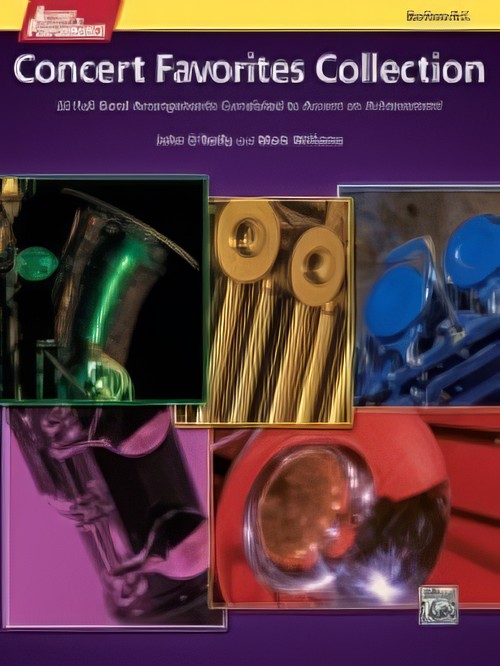 £6.50
£6.50ACCENT ON PERFORMANCE: Concert Favorites Collection (Baritone BC) - O'Reilly & Williams
Baritone BC book only. Over the course of ten years, legendary young-band composers John O'Reilly and Mark Williams composed and arranged over 100 creative works that correlate with specific pages in their highly successful band method, Accent on Achievement. These arrangements are now available in a book format that includes 22 full arrangements in each collection. The Concert Favorites Collection features all original compositions composed in a variety of contemporary styles. Titles: Centurian * The Lost Kingdom * Cardiff Castle * Windstar Overture * Attack of the Cyclops * Knights Kingdom * and 16 others.
Estimated dispatch 7-14 working days
-
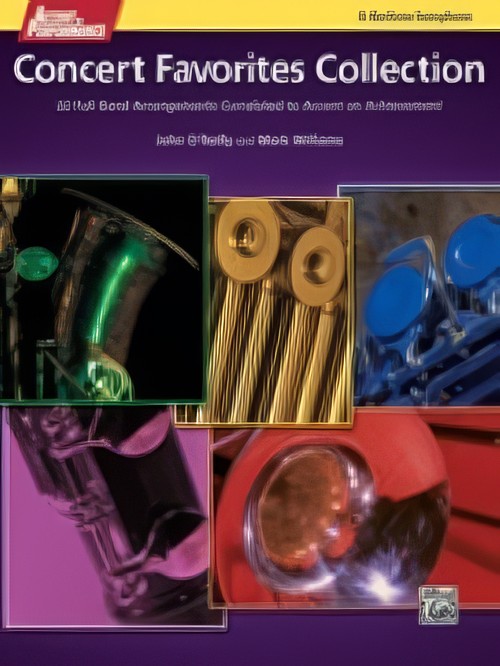 £6.50
£6.50ACCENT ON PERFORMANCE: Concert Favorites Collection (Baritone Saxophone) - O'Reilly & Williams
Baritone Saxophone book only. Over the course of ten years, legendary young-band composers John O'Reilly and Mark Williams composed and arranged over 100 creative works that correlate with specific pages in their highly successful band method, Accent on Achievement. These arrangements are now available in a book format that includes 22 full arrangements in each collection. The Concert Favorites Collection features all original compositions composed in a variety of contemporary styles. Titles: Centurian * The Lost Kingdom * Cardiff Castle * Windstar Overture * Attack of the Cyclops * Knights Kingdom * and 16 others.
Estimated dispatch 7-14 working days
-
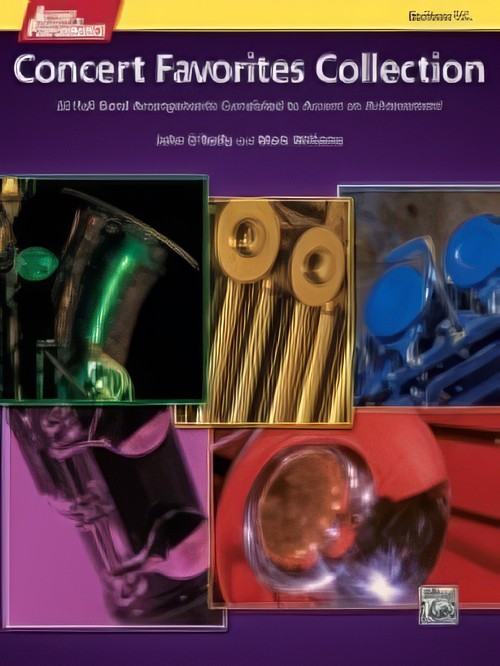 £6.50
£6.50ACCENT ON PERFORMANCE: Concert Favorites Collection (Baritone TC) - O'Reilly & Williams
Baritone TC book only. Over the course of ten years, legendary young-band composers John O'Reilly and Mark Williams composed and arranged over 100 creative works that correlate with specific pages in their highly successful band method, Accent on Achievement. These arrangements are now available in a book format that includes 22 full arrangements in each collection. The Concert Favorites Collection features all original compositions composed in a variety of contemporary styles. Titles: Centurian * The Lost Kingdom * Cardiff Castle * Windstar Overture * Attack of the Cyclops * Knights Kingdom * and 16 others.
Estimated dispatch 7-14 working days
-
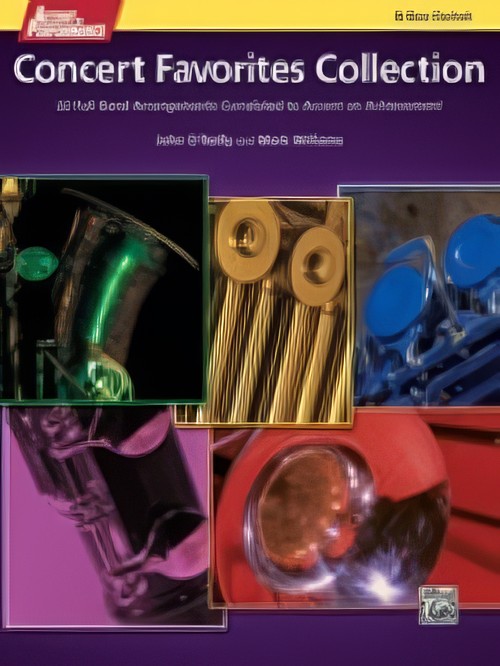 £6.50
£6.50ACCENT ON PERFORMANCE: Concert Favorites Collection (Bass Clarinet) - O'Reilly & Williams
Bass Clarinet book only. Over the course of ten years, legendary young-band composers John O'Reilly and Mark Williams composed and arranged over 100 creative works that correlate with specific pages in their highly successful band method, Accent on Achievement. These arrangements are now available in a book format that includes 22 full arrangements in each collection. The Concert Favorites Collection features all original compositions composed in a variety of contemporary styles. Titles: Centurian * The Lost Kingdom * Cardiff Castle * Windstar Overture * Attack of the Cyclops * Knights Kingdom * and 16 others.
Estimated dispatch 7-14 working days
